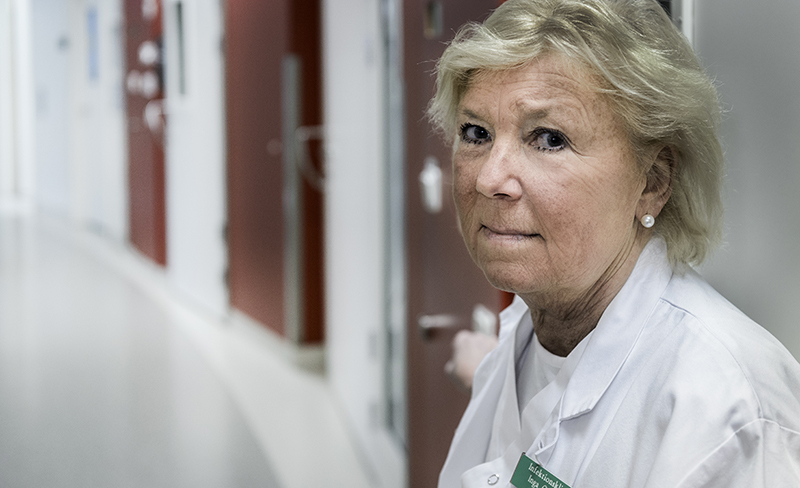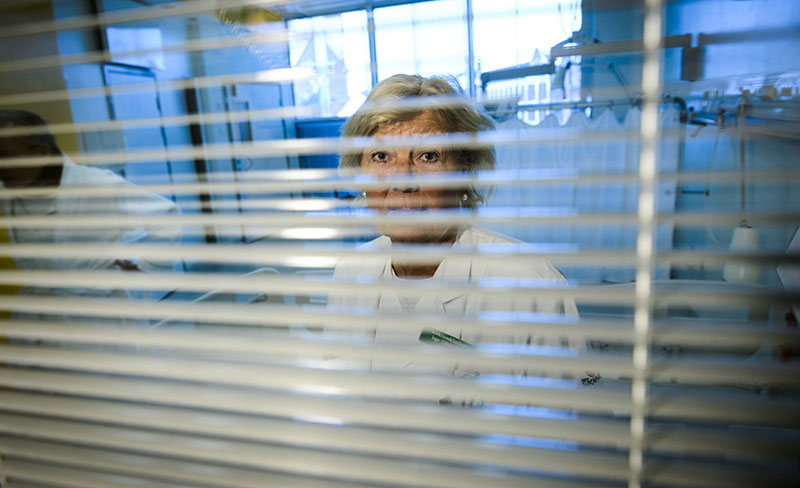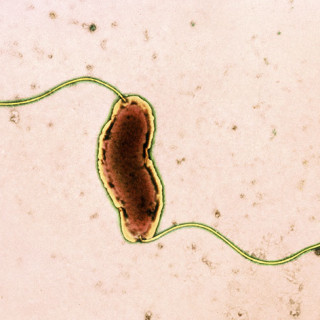Penicillin – an abused miracle cure
Opinion by Inga Odenholt, Professor of Infectious Diseases with a deep committment to the issue of rational use of antibiotics and reduced antibiotic resistance.
Today there are bacteria resistant to all known types of antibiotics, and it has become increasingly difficult for the pharmaceutical industry to develop new solutions. Almost eighty years ago the treatment of infections was revolutionised by the development of antibiotics into effective medicines.
ANTIBIOTICS ARE USED not only to treat bacterial infections, but necessary when performing surgery that would otherwise involve a major risk of infection, for instance, in the gastrointestinal tract. Effective antibiotics are also needed in cancer treatments, as many patients suffer from an impaired immune system during chemotherapy and are thereby particularly susceptible to infections.
Treatment using antibiotics is currently being threatened by the fact that bacteria are increasingly becoming resistant to one or more types of antibiotics. The reason for this is that we have disrupted the ecological balance between microorganisms by using large amounts of antibiotics. In addition to treating infections, antibiotics are for example used to enhance the growth of food-producing animals, or to combat infections in plants. Already in 1945, in his speech at the Nobel Banquet, Alexander Fleming – the discoverer of penicillin –warned that bacteria could become resistant to penicillin in the future.
THE RESISTANCE DEVELOPMENT has been slower in Sweden than in many other countries, but the resistant bacteria are spreading across state borders, and have already caused problems within Swedish healthcare. The spread of methicillin-resistant staphylococci (MRSA) and vancomycin-resistant enterococci (VRE) are some examples. Another is the spread of extended-spectrum beta-lactamases (ESBLs); based on Swedish research, we estimate that today nearly one in ten Swedish people carry ESBL-producing intestinal bacteria. Once you have become a carrier of ESBL-producing bacteria, there is no certainty that you will be able to get rid of them. Studies have shown examples of how bacteria can suddenly re-emerge when undergoing an antibiotic treatment. As long as you are a carrier of ESBL-producing bacteria, there is a risk that you might get ill again, as well as infect others.
Previous antibiotic treatments and hospital care are some of the risk factors for being a carrier/infected by ESBL-producing bacteria. Another important risk factor is travelling to countries outside northern Europe. The risk of becoming infected with ESBL after trip to Egypt is 50 per cent, and after a trip to India 80 per cent!

HOSPITAL ENVIRONMENTS ARE PARTICULARLY SUSCEPTIBLE to the spread of bacteria. Here antibiotics are used more than in other environments; it is more crowded, and close contact between individuals increases the risk of transmitting bacteria. Patients are also often more susceptible than others because of their weaker immune systems, defective defence barriers or changes in their normal bacterial flora.
Intestinal bacteria, for instance, are usually spread through contaminated hands. To prevent the spread of infection in hospitals and clinics, it is important to apply basic hygiene procedures, such as using hand sanitisers before and after patient contact. The hand hygiene of patients is also important.
The European Centre for Disease Prevention and Control (ECDC) estimates that antibiotic-resistant bacteria are currently responsible for approximately 25 000 deaths and EUR 1.5 billion in healthcare costs per year in Europe. With a decreasing access to effective antibiotics, we risk seeing increased illness and mortality caused by bacterial infectious diseases. For the individual patient, the consequence of an ineffective treatment is increased suffering and delayed or no results. As bacteria become more resistant, the costs to society increase due to longer hospital stays, greater need for isolation care and more expensive medicinal costs. The higher costs are also generated by an increased need for contact tracing, isolated hospital wards, and suspension from work in healthcare.
However, in the last 20 years we have seen a change. Since 1995, the use of antibiotics has decreased by 20–25 per cent across the country, particularly in the age group of 0–6. To reduce the risk of an increasing antibiotic resistance, it is important to avoid unnecessary use of antibiotics, for example, during virus infections and simple bacterial infections.
Photo: Kennet Ruona









